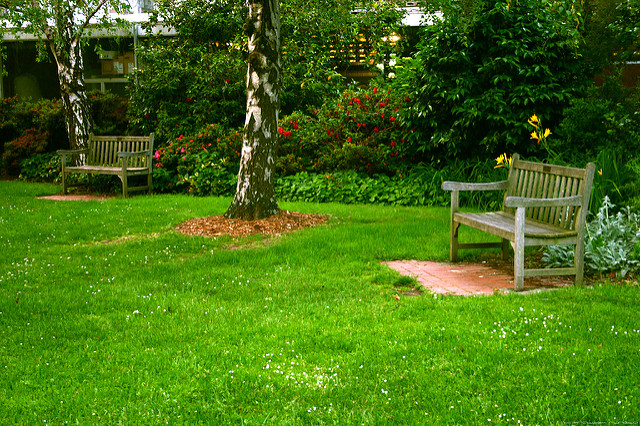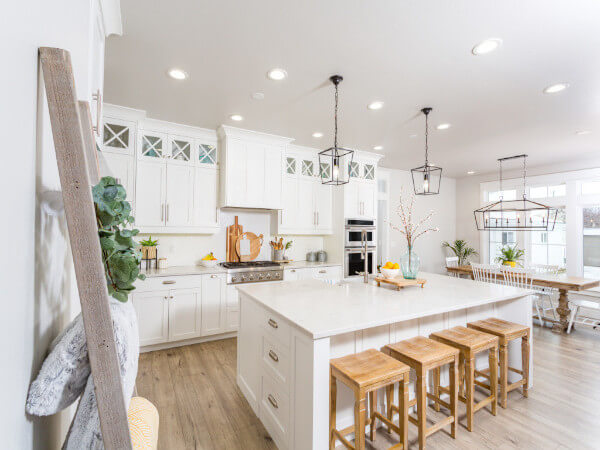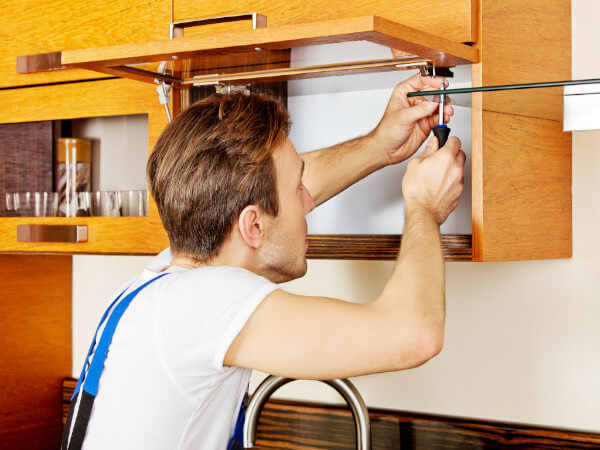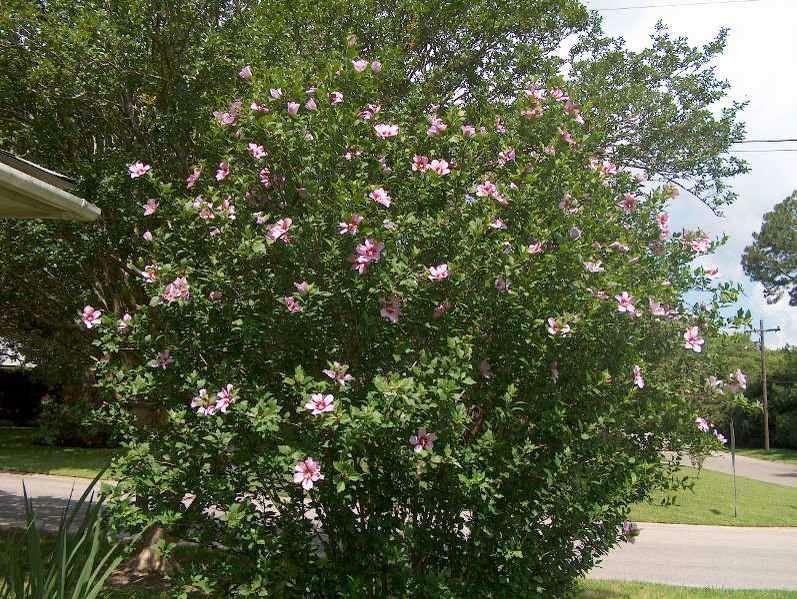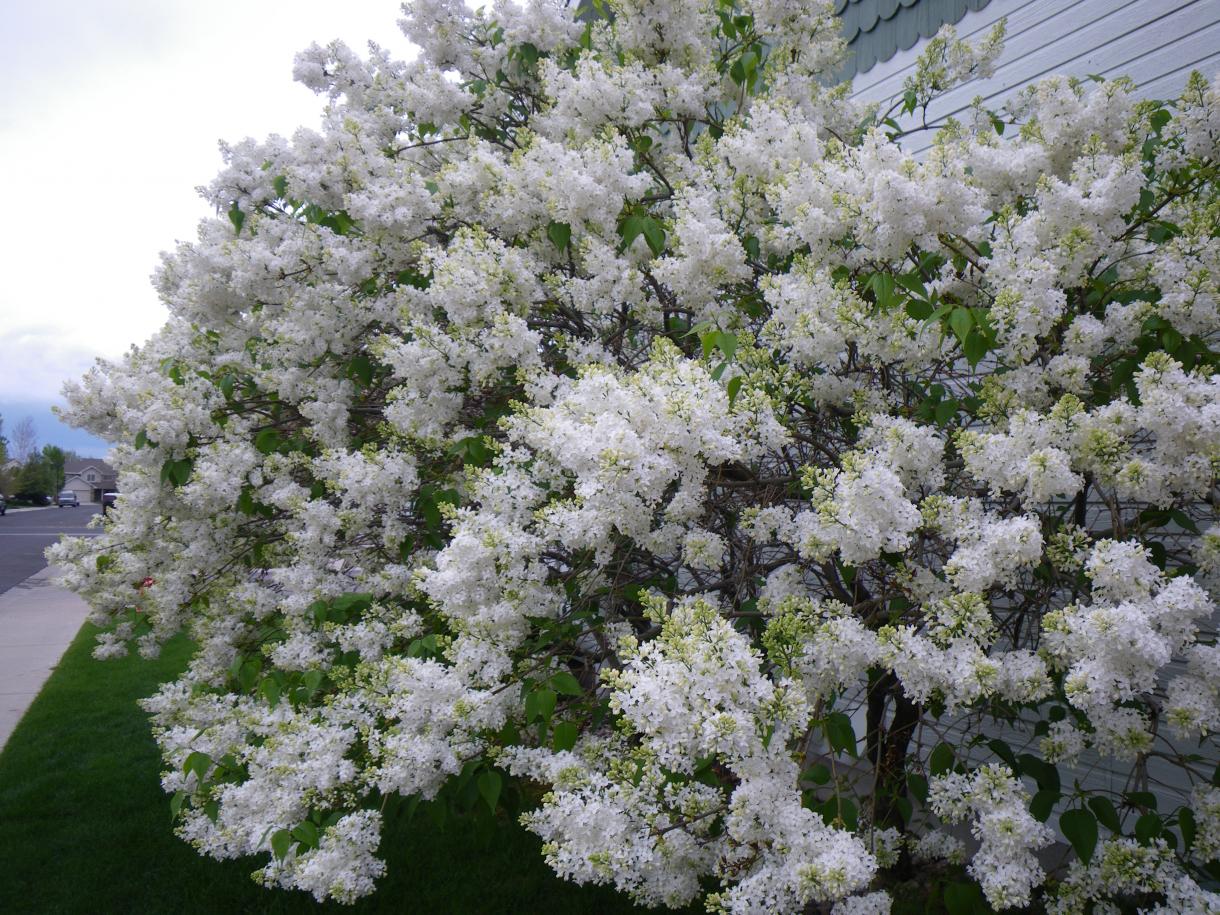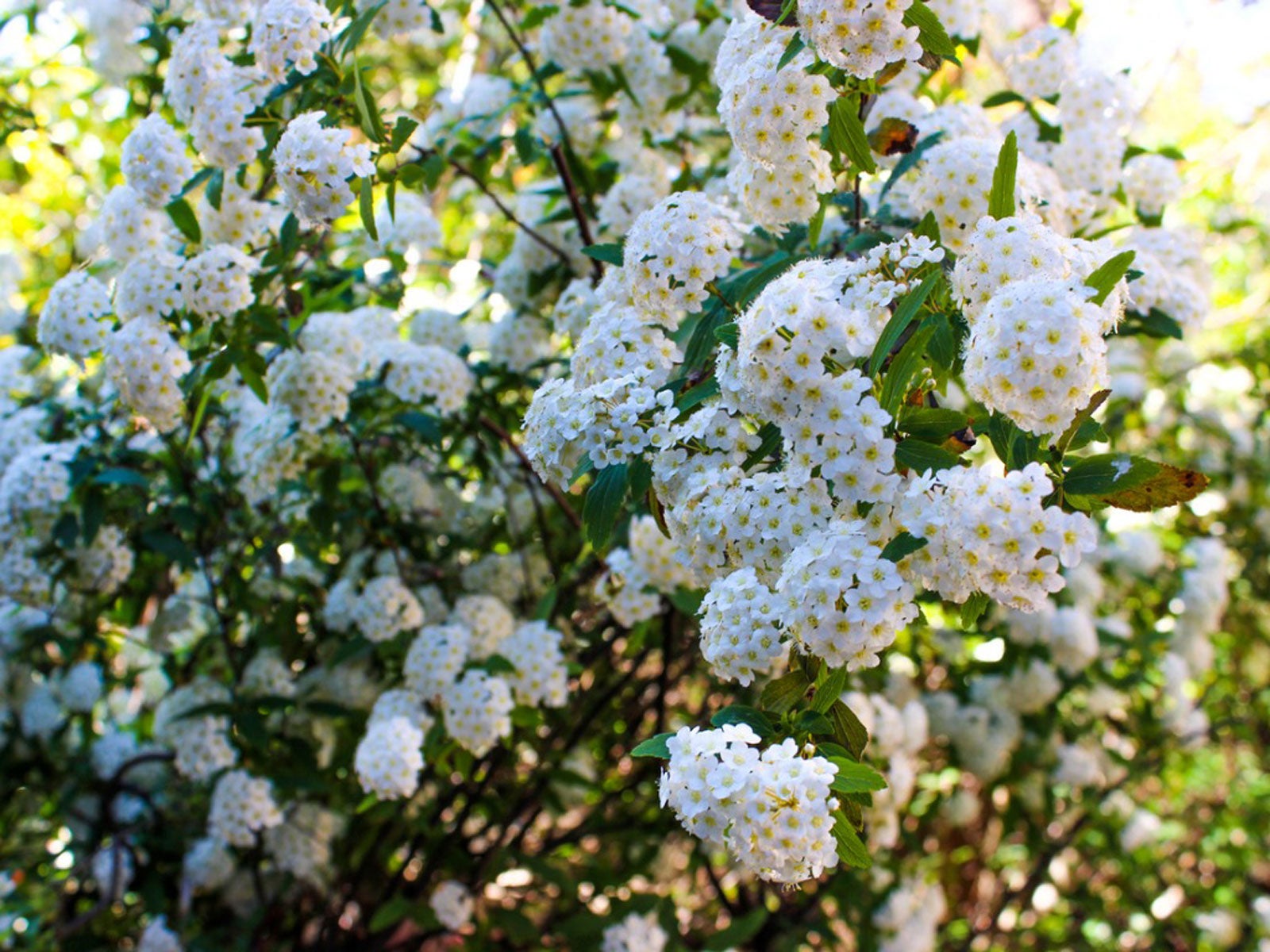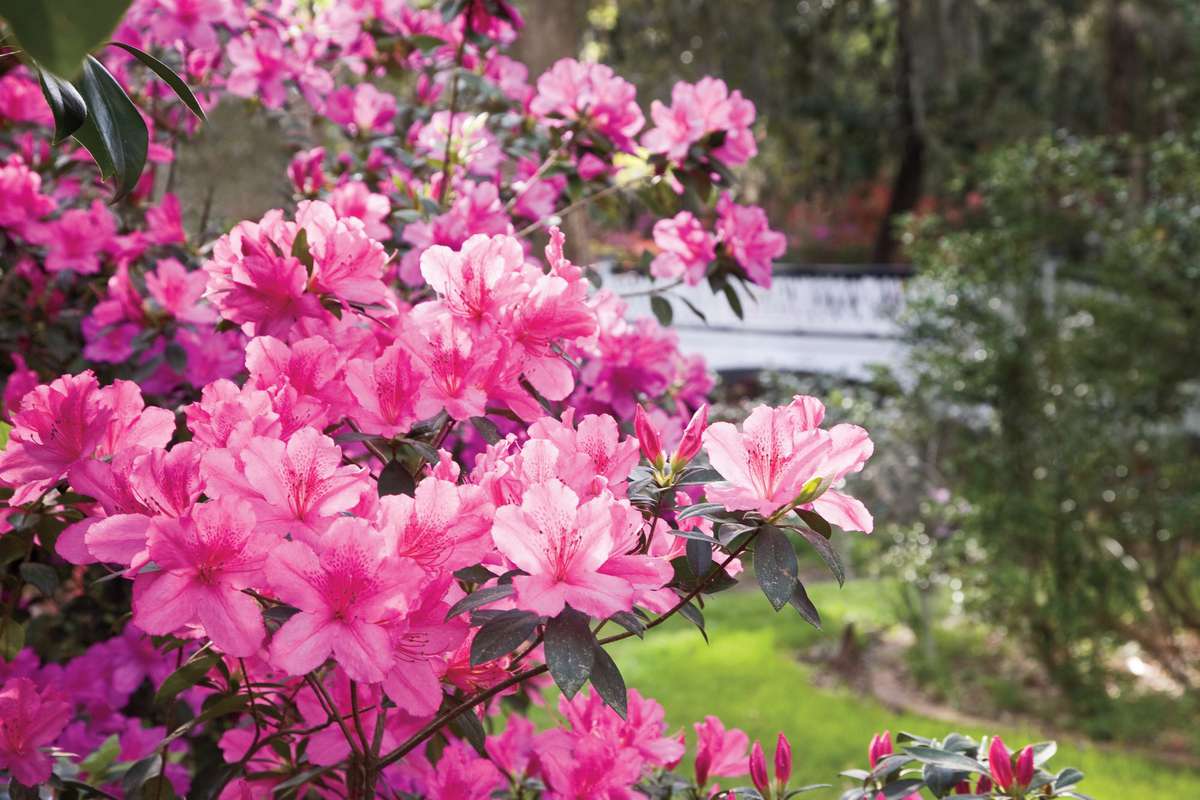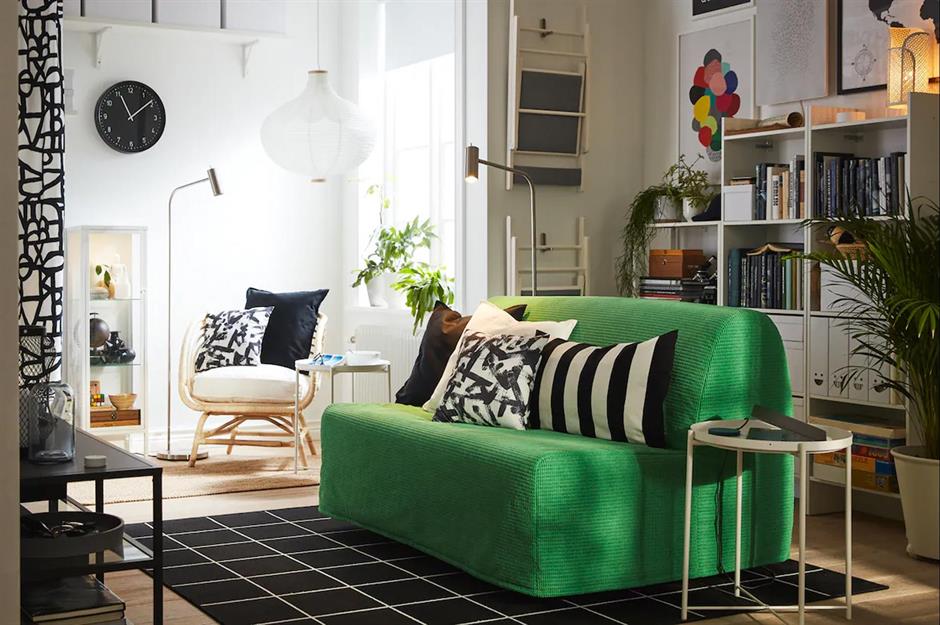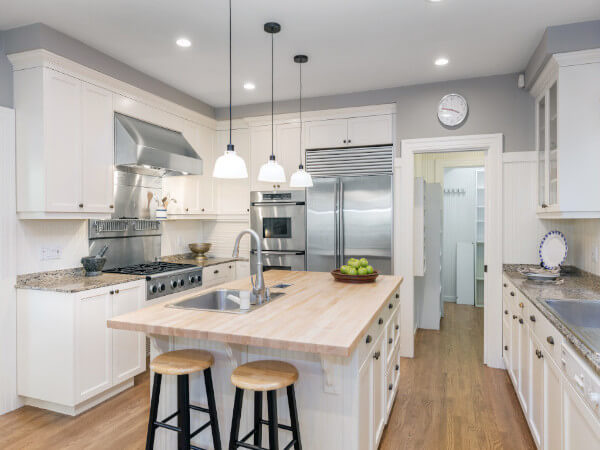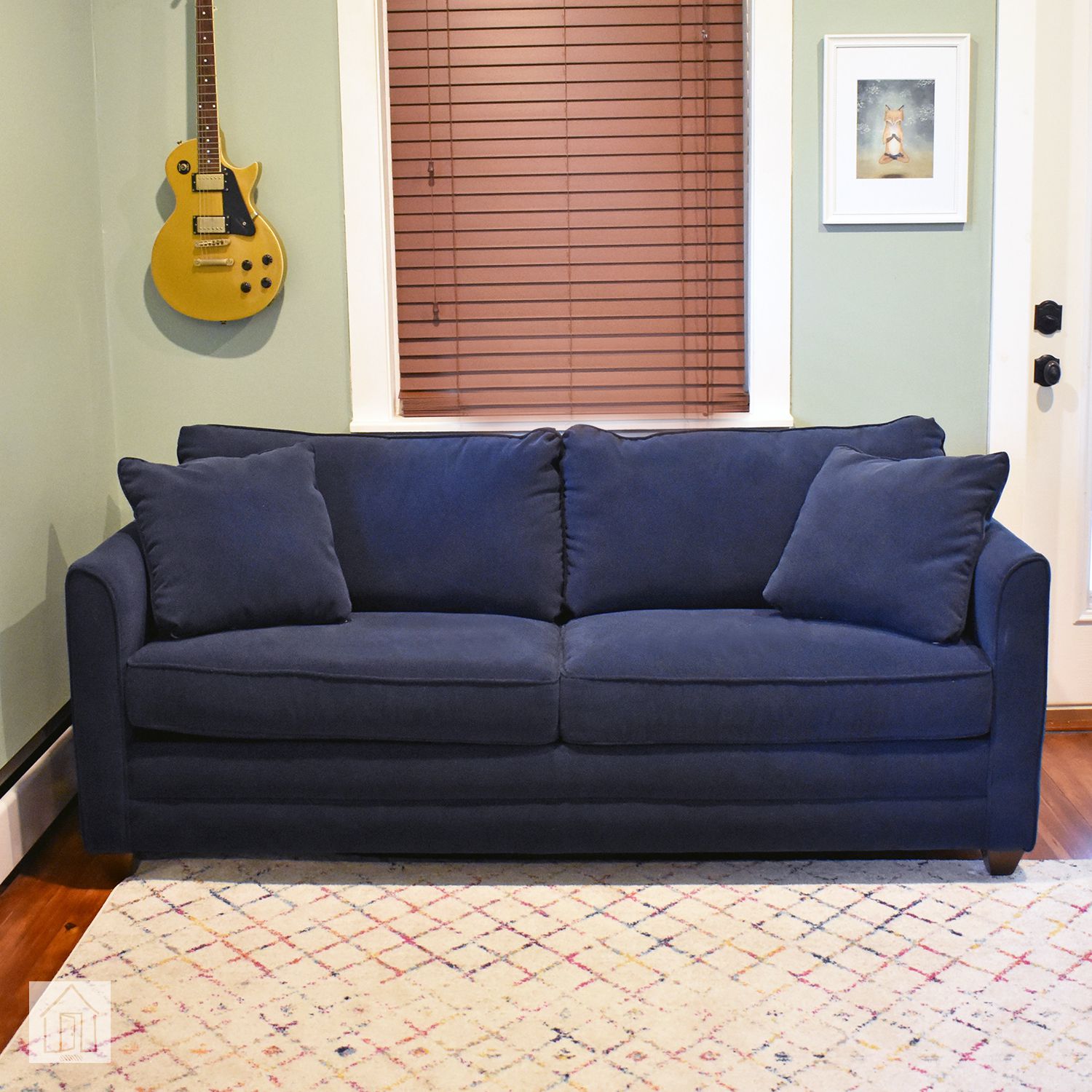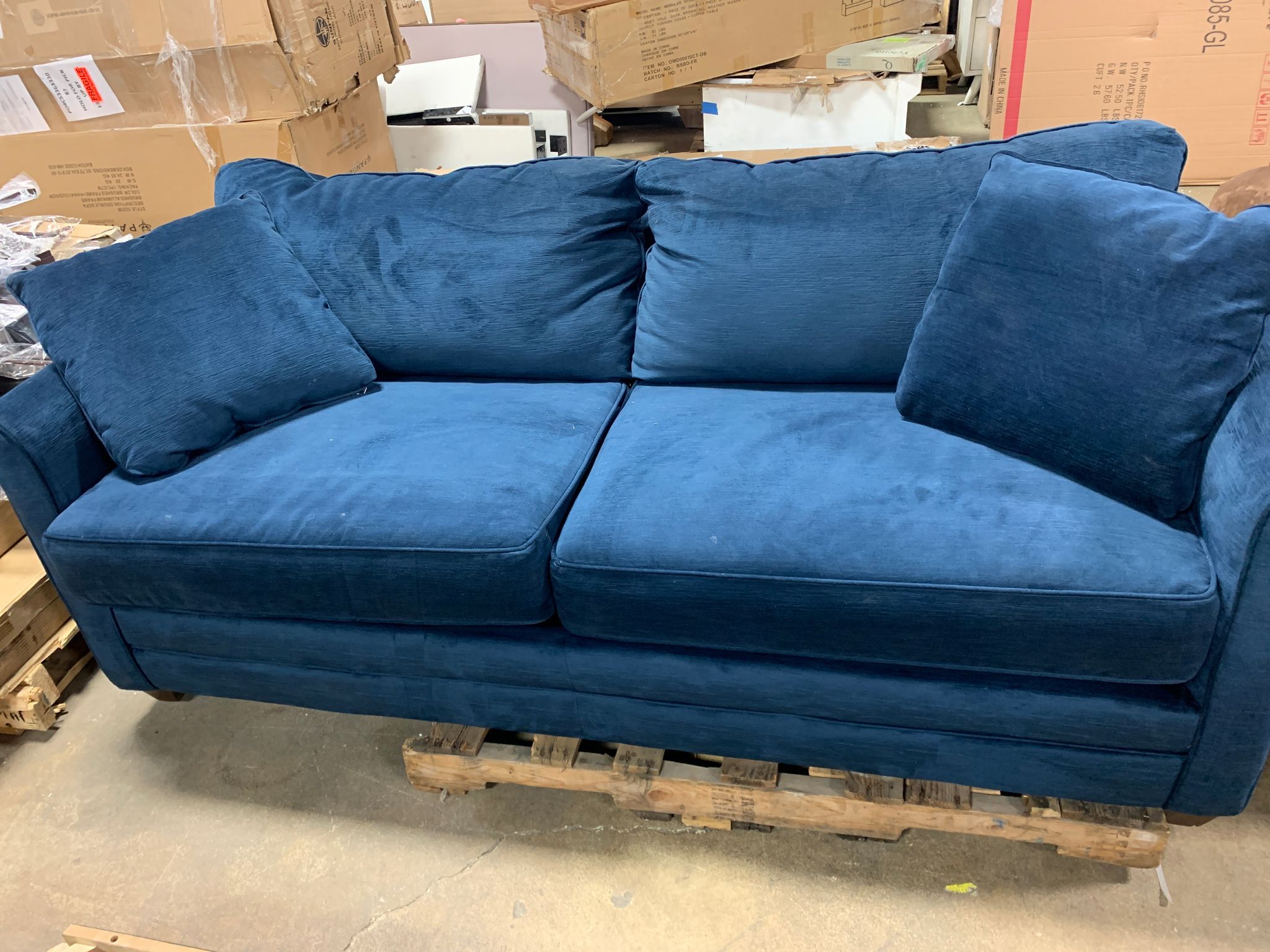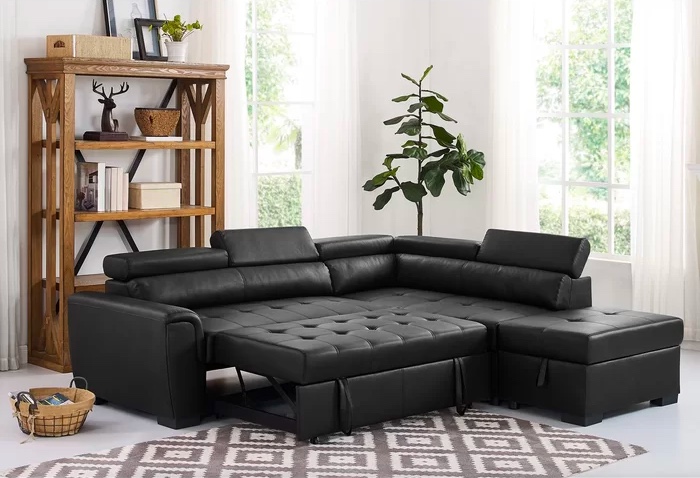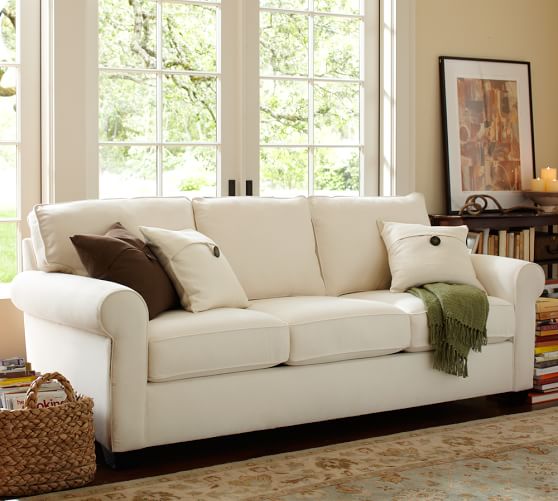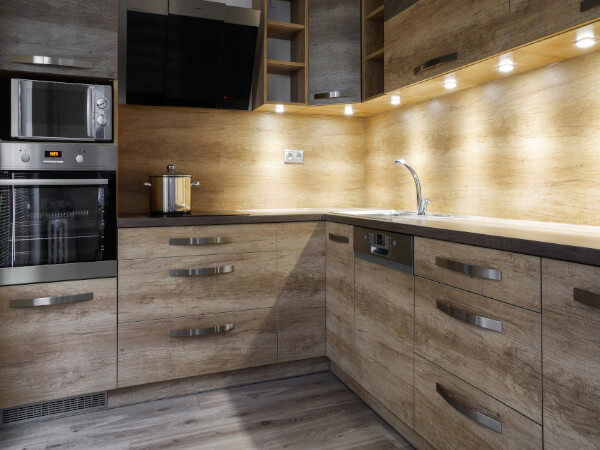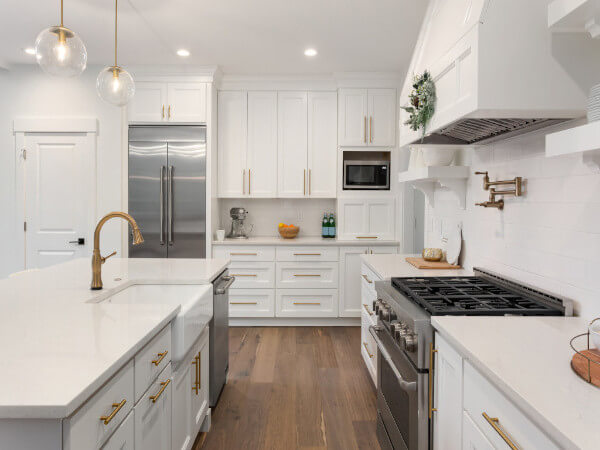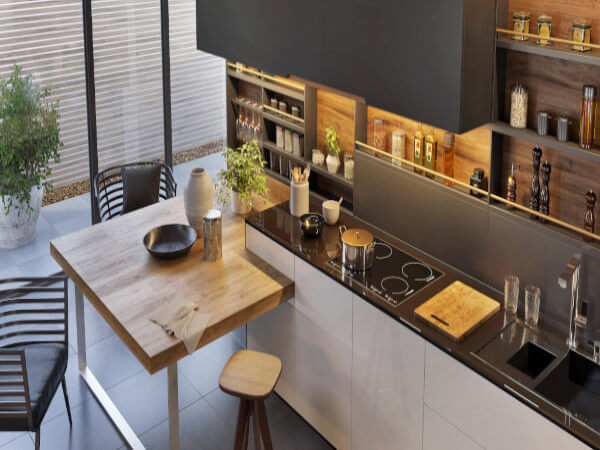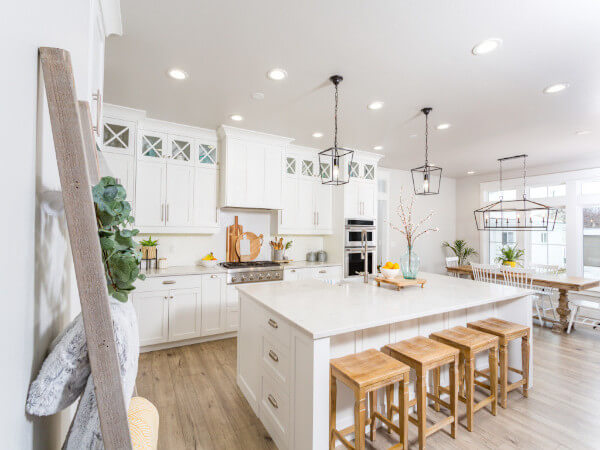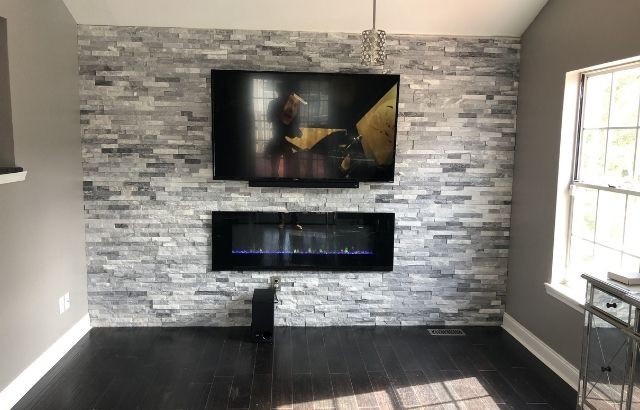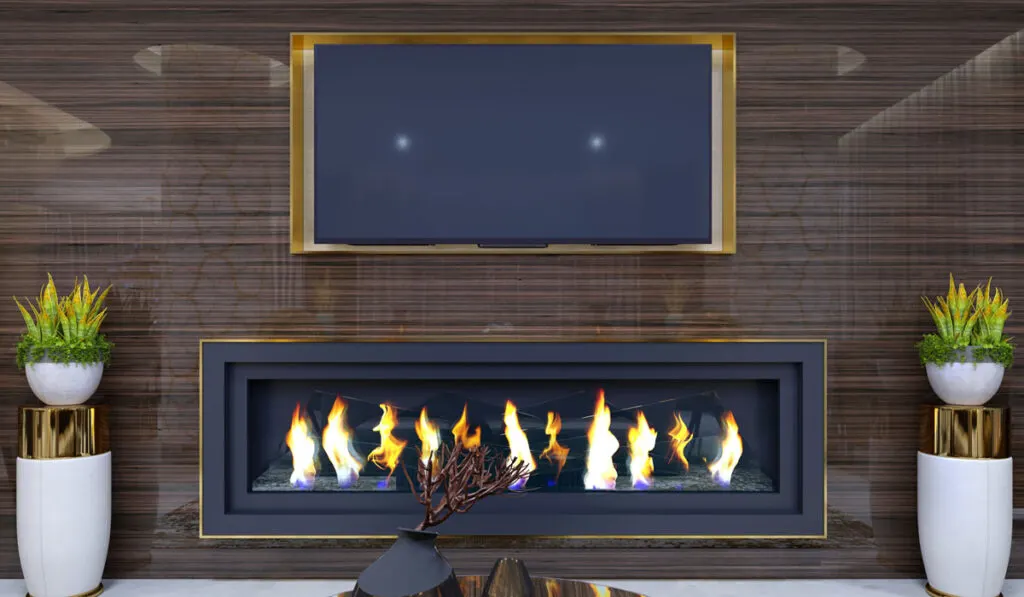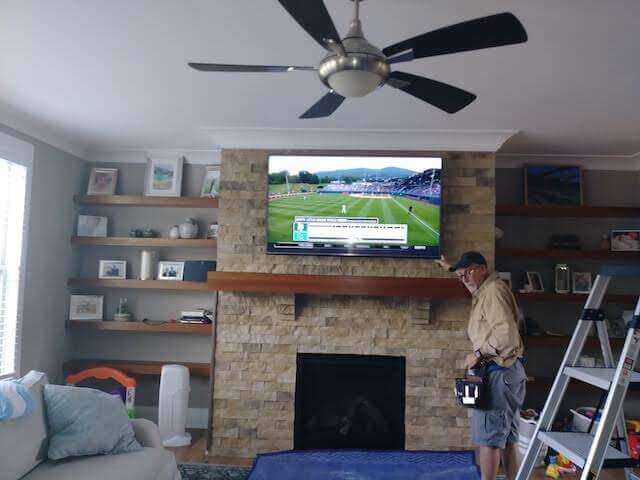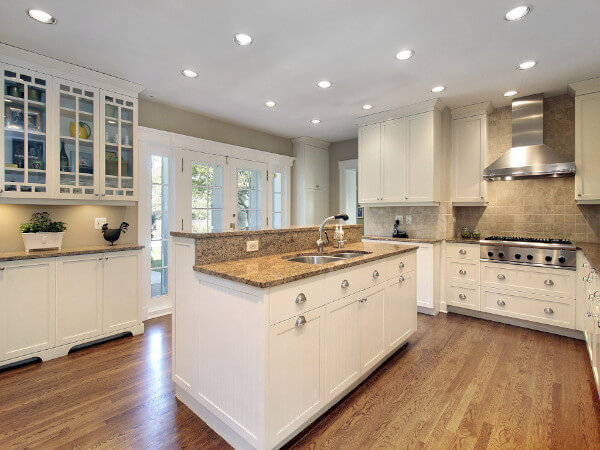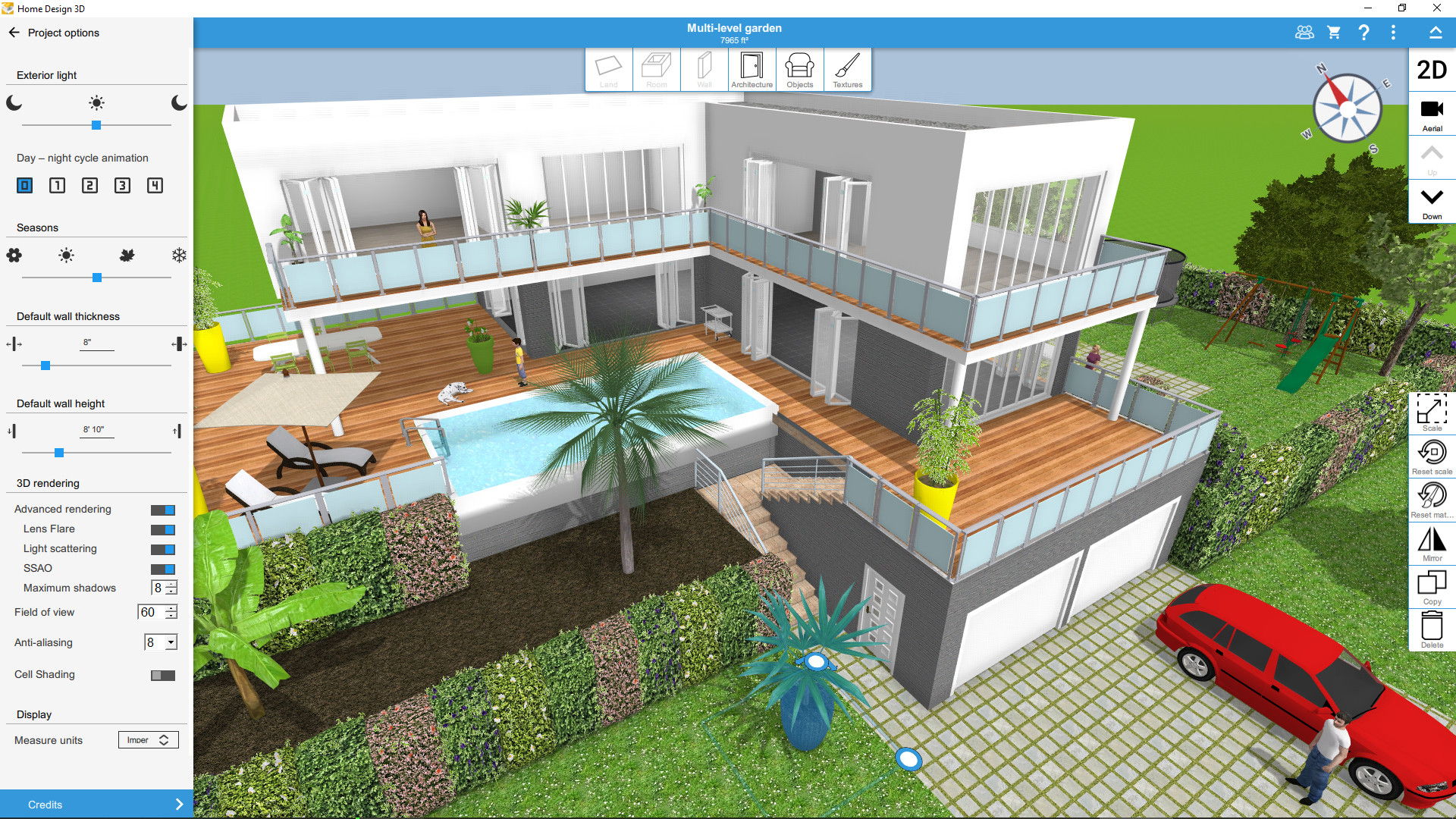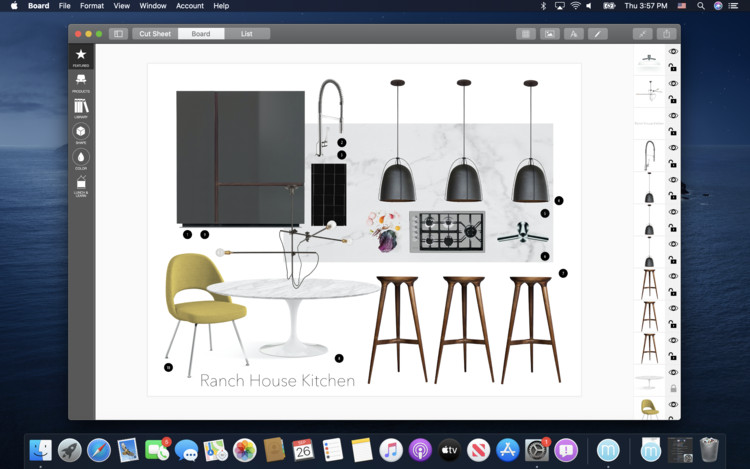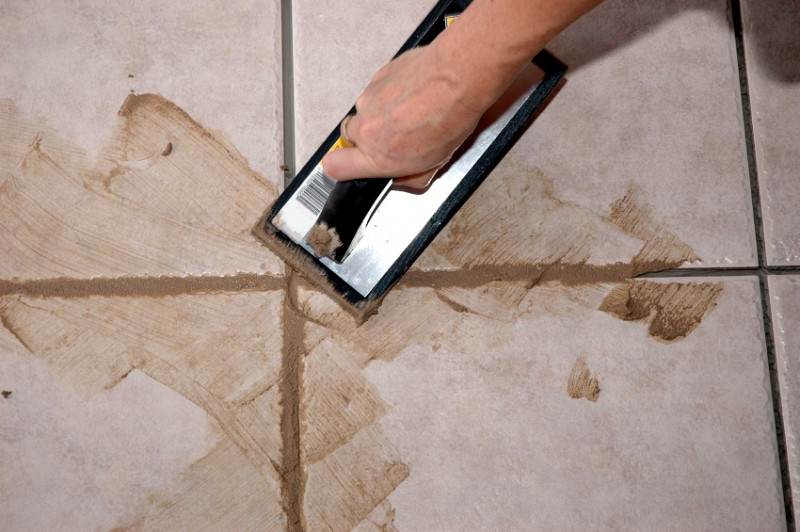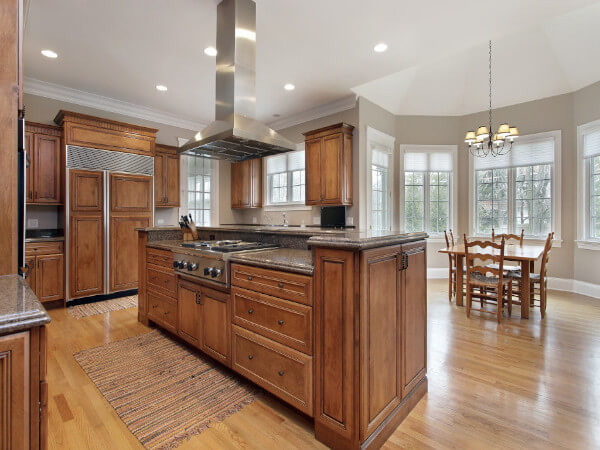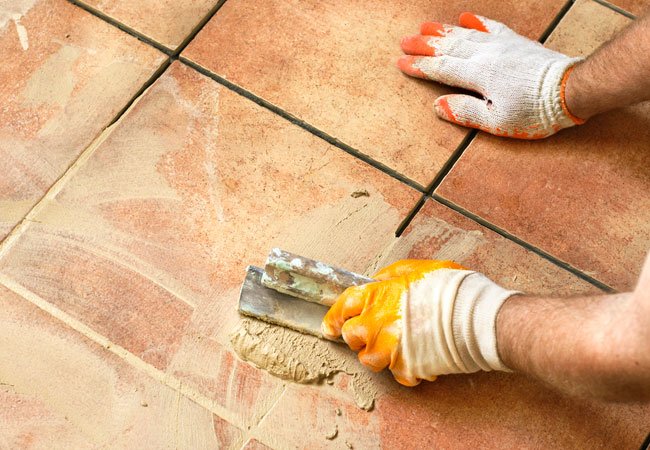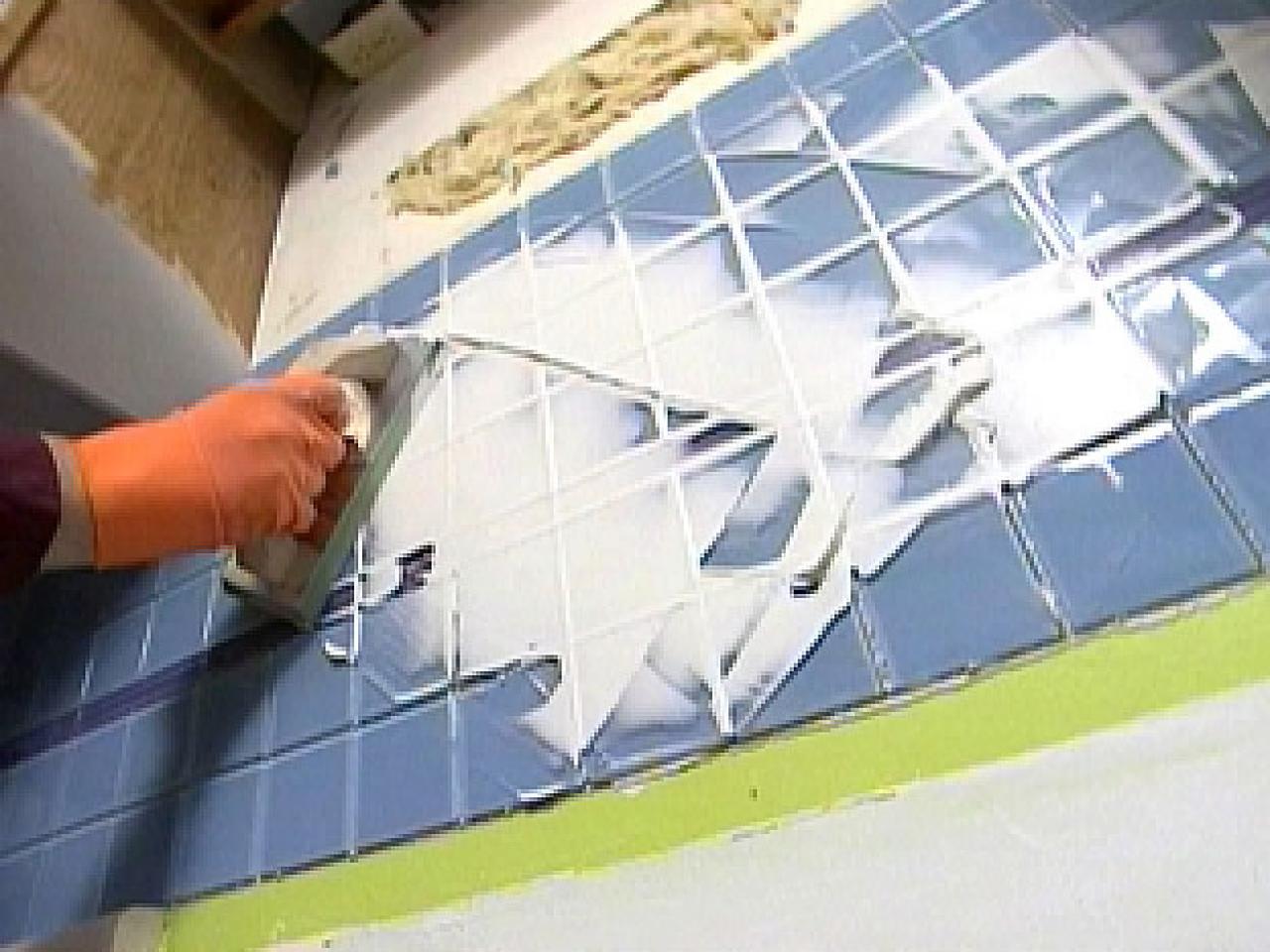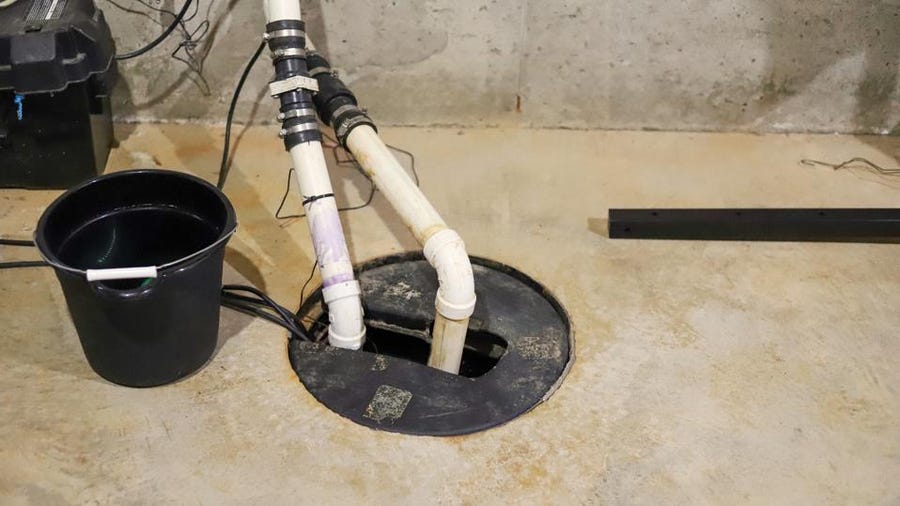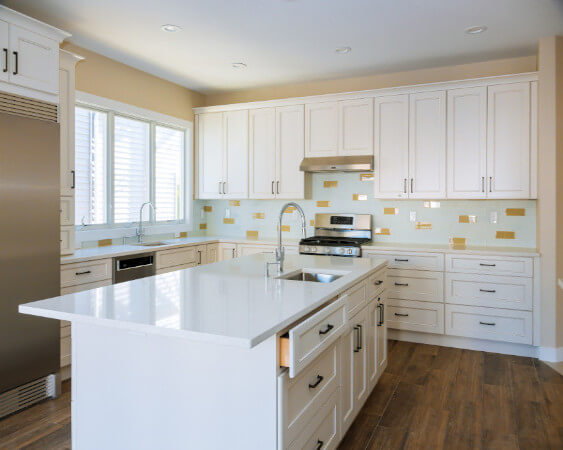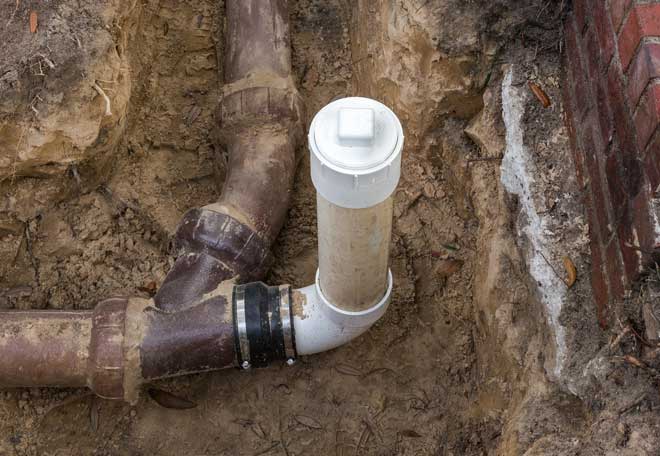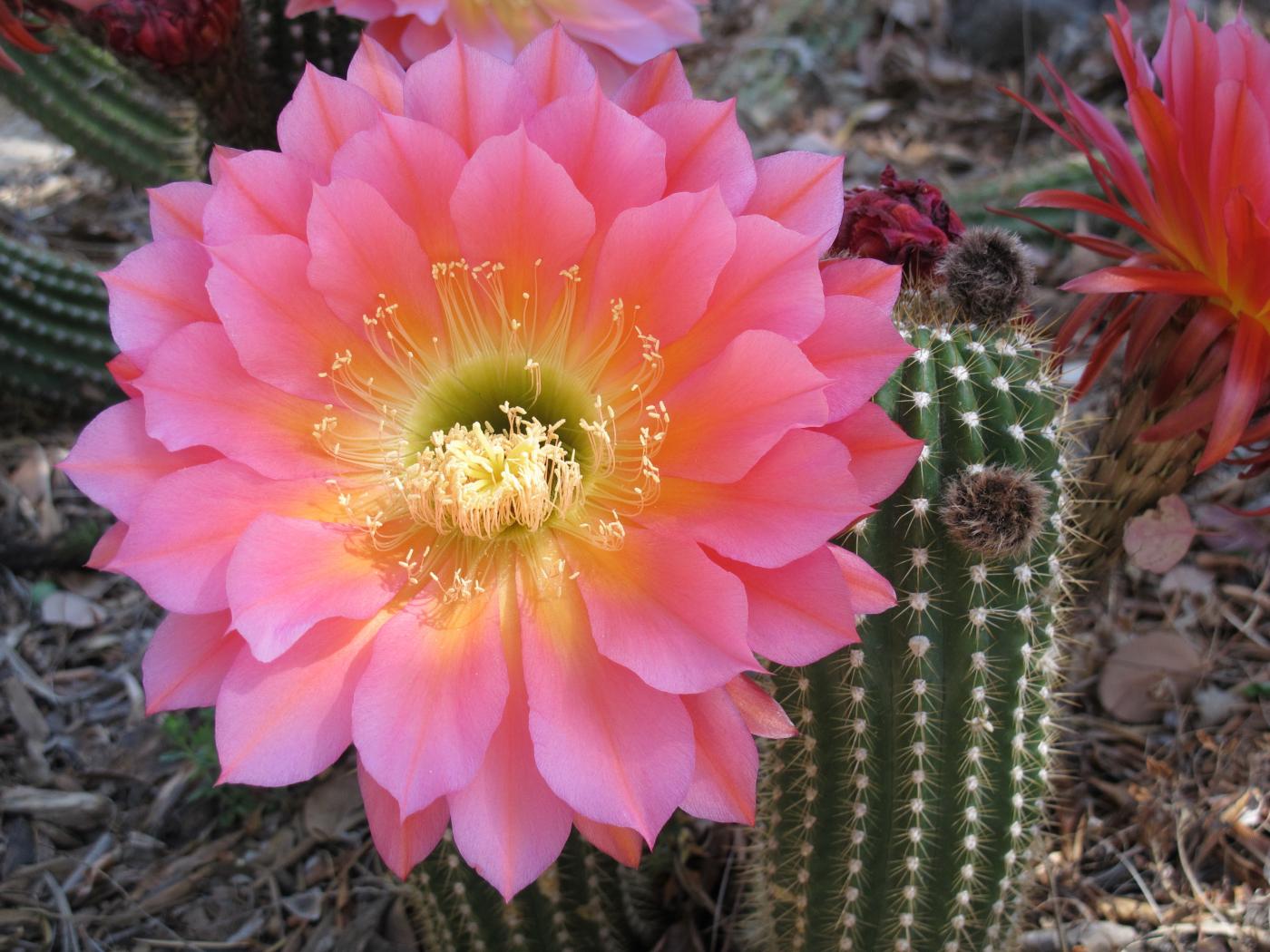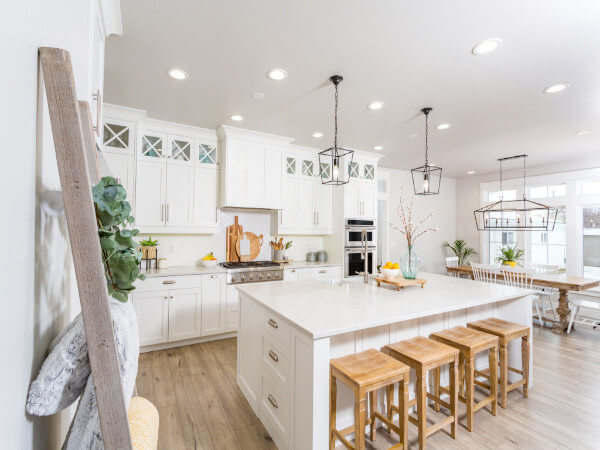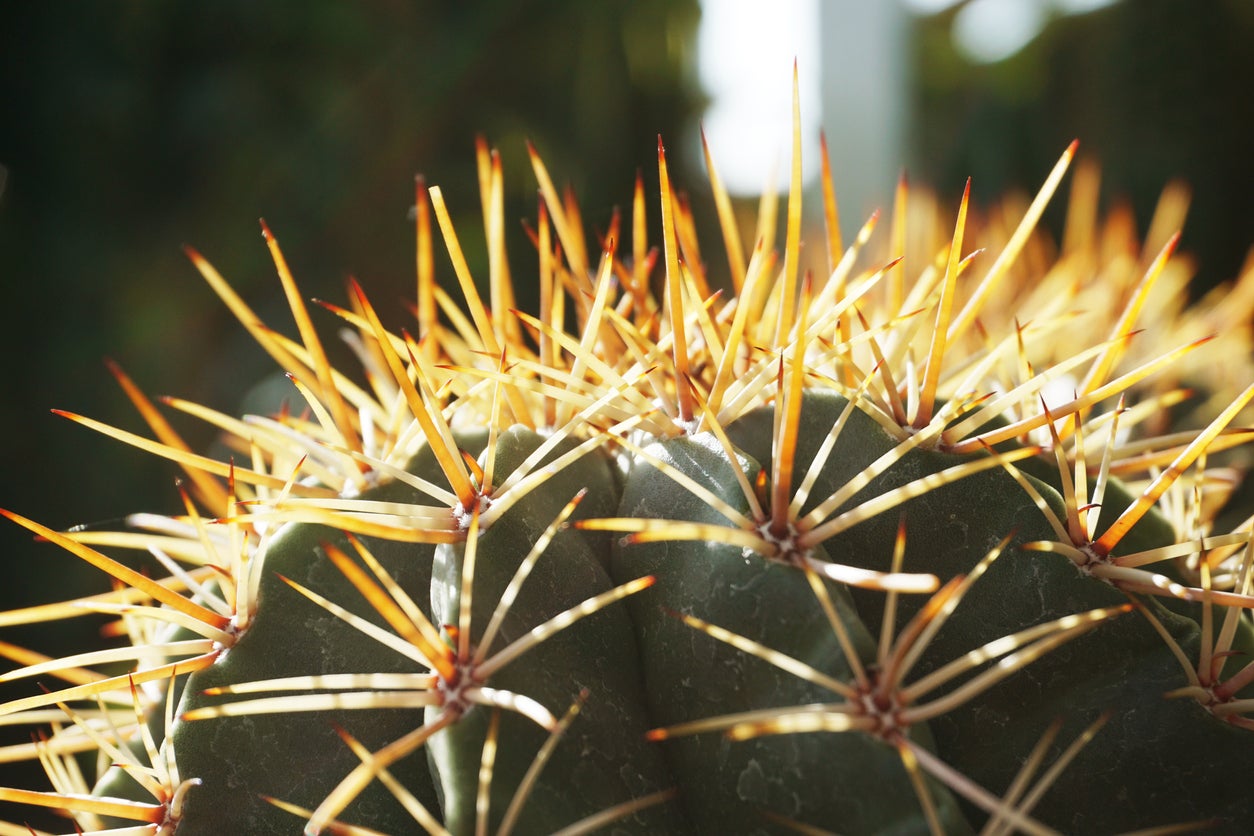Kids love games, and they also love to be challenged. But sometimes, it is difficult to come up with ideas on how you can keep their interest in a game that might have become boring after playing it for the umpteenth time. An outdoor treasure hunt for kids allows them to explore nature while having fun.
It will also help them develop critical thinking skills and enhance their observation skills, which are important when looking for treasures around your home or community. And what’s more? They will get some exercise too.
This guide has printable outdoor scavenger hunt clues so that you can set these treasure hunt riddles in minutes:
What is a Scavenger Hunt?
A scavenger hunt for a treasure hunt is a fun game where you follow clues or riddles and collect small prizes or a large prize at the end of the hunt. For an Easter scavenger hunt, you can even use plastic eggs to hold the clues in. Both individuals and teams can play scavenger hunts. The game is adaptable and has greater activity for smaller and larger groups alike.
Scavenger Hunt Clue Ideas
Nature Scavenger Hunts
A nature scavenger hunt can be a fun way to get your kids excited about being outside and learning about the environment. You can make a nature scavenger hunt as easy or hard as you want by including different items in the list. It can take place in your backyard, a park, or a nature preserve.
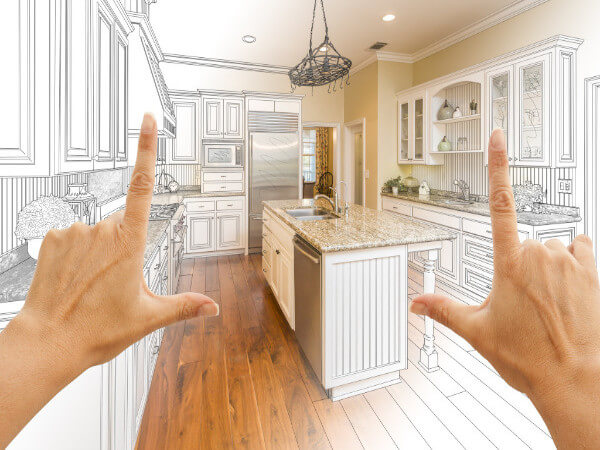
Image credit: https://childhood101.com/
It involves searching for items or following clues to find hidden items outdoors. These scavenger hunts are great for every age group, including very young kids. An outdoor scavenger hunt is a great way to engage the senses. So, consider a search that asks players to identify things they can watch, smell and hear.
A nature hunt can also be fun to teach kids about environmental stewardship. You can help beautify a trail by picking up trash you find on your walk. Collecting trash can feel like a menial task, but it can be fun when it’s considered a game. Pass out gloves and plastic bags and offer prizes for whoever collects the most trash and finds the strangest object.
Ensure each group of the kids has adult supervision for safety if they’re collecting trash. Nature scavenger hunt ideas include collecting sticks, pinecones, and leaves in a nature craft. Spot and photograph nature items from a list, and lastly, identify and photograph a variety of bugs, leaves, plants, and flowers.
Neighborhood Scavenger Hunts
A neighborhood scavenger hunt is another type of treasure hunt where players are given a list of items to find in their surroundings. This can be a fun activity for kids who live in urban neighborhoods. Items on the list might include a rubber band, toothpick, a canceled stamp, a cookie, a drinking straw, and a paper cup.
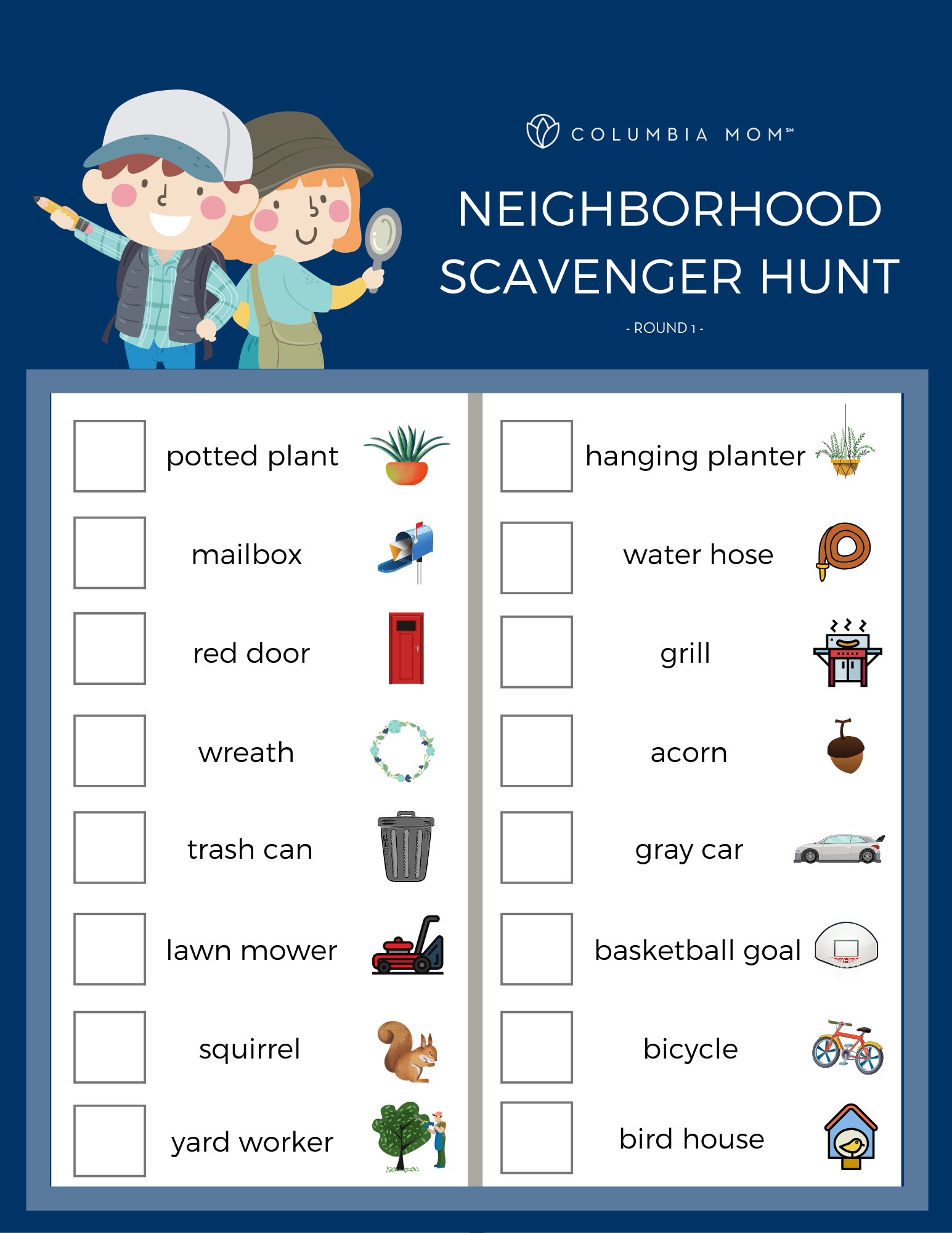
Image credit: https://columbiasc.momcollective.com/
There are a couple of variations on neighborhood hunt. The first variation is to have teams go door to door where players tell the neighbor who answers the door that they’re on a scavenger hunt. They then ask them for the items on their list. The next variation is holding an outdoor scavenger hunt in the neighborhood like you would have a nature hunt.
This is also a great way of keeping kids occupied during a neighborhood block party. Use discretion with a door-to-door variation of this game, as knocking on someone’s door more than once could quickly become irritating for neighbors.
If you have two teams, each team might go to odd-numbered or even-numbered houses, or one team could go to the north side of the street and the other to the south side. Neighborhood scavenger hunt ideas include finding hidden items in the neighborhood, finding specific landmarks and locations, following hidden clues to find a prize, and going door to door to request items from a list.
Color Scavenger Hunt
This hunt is perfect for younger kids learning the names of colors. Write down the names of commonly known colors and post them in a visible spot. Split kids up into teams and give each team a different color crayon or marker.
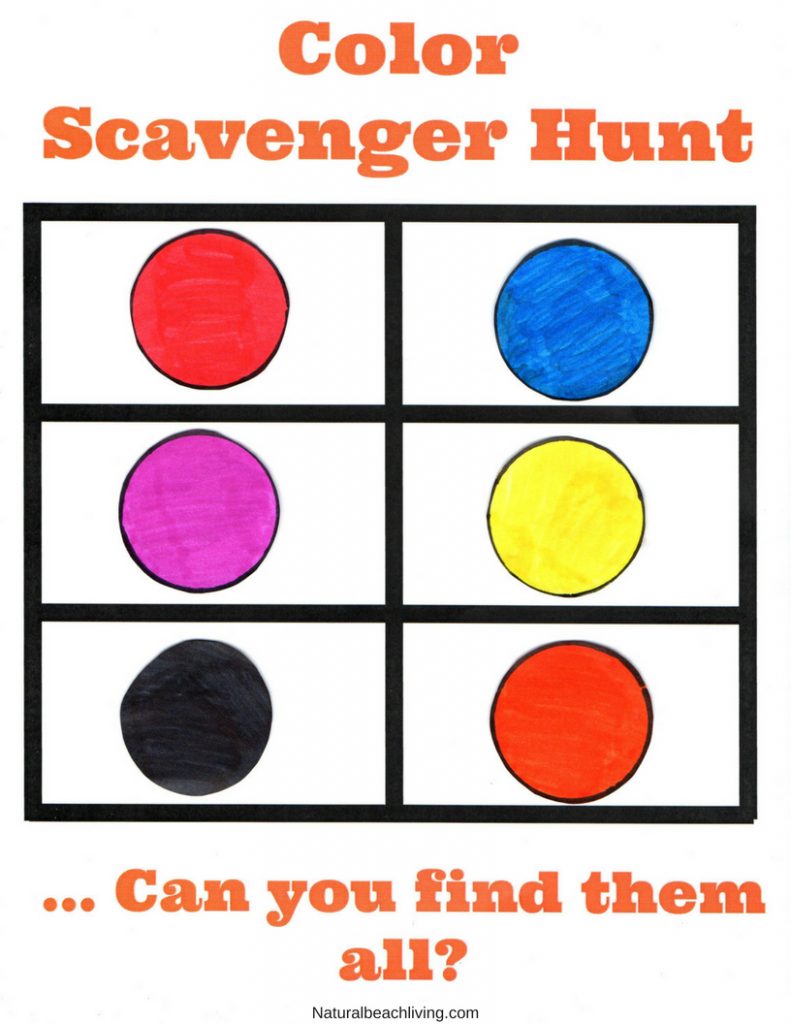
Image credit: https://cdn.naturalbeachliving.com/
The goal is for the kids to find all of the items listed on the sheet in that particular color. Let your child find the colors and label them with the appropriate names on the hunt sheet.
Photo Scavenger Hunt
This hunt is perfect for older kids. Give them a digital camera and take pictures of items listed on the sheet. The items can be anything from a specific color to something found in nature. The best part about this hunt is that you can tailor it to your child’s interests.

Image credit: https://teambuilding.com/
If they love animals, make a list of items that includes pictures of different animals. If they love nature, make a list of items, including plants and flowers. You can also make the hunt harder by including specific details in the photos, such as something in motion or a picture taken from a distance.
Photo scavenger hunt ideas include items of a particular color or shape, local landmarks, players doing certain activities, and things that start with a specific letter.
Stay at Home Scavenger Hunts
Scavenger hunts can be great at-home activities too. They’re a fun way of breaking up a boring weekend. Sleepovers and birthday party scavenger hunt ideas are especially popular.
Stay at home scavenger hunt ideas include favorite things like favorite foods, favorite colors, and favorite toys. Others include household items and something that starts with A, B, C, D, and more.
Scavenger Hunt Clues for Treasure Map
After creating a list of items or clues, tally up the total number of items and assign a point value to each item. For example, if there are ten items on the list, assigning a point value of five each would make the total points 50.
Now create a simple treasure map with a starting point and an ending point. The path between the two should have several circles or X’s drawn, each representing a clue.
Field Trip Scavenger Hunts
Field trip scavenger hunts can be a great way to keep your kids engaged at museums, zoos, or amusement parks. Scavenger hunts at public places involve finding specific items and clues. This is a fun way to explore new places and learn about unique objects.
Field trip scavenger hunt ideas include certain colors or shapes, items in an exhibit at the museum, items with the logo, and specific rides at a carnival or amusement park. Others include animals at the zoo and vendors that sell specific food items such as cotton candy and popcorn.
When having a scavenger hunt in public spaces, talk to kids about proper etiquette and safety. For example, if your hunt is in a museum, ensure your kids understand that they should talk quietly and walk.
If it’s a noisy outdoor venue, make sure your kids know to stay in designated groups and not wander off on their own. For safety, let an adult or teenager stay with each group if younger children are participating and make a plan of what you’ll do if someone gets lost.
How to Make a Riddle Scavenger Hunt
If you want to make your own outdoor scavenger hunt clues for scavenger hunt games, it’s pretty and easy to do. Even if you don’t consider yourself a creative person, you can come up with dozens of clues and ideas for riddles or games. You can try keeping one child busy and occupied or throwing a larger themed birthday party or traditional Easter egg hunt.
You can turn all these scavenger hunt riddles into whatever theme you like or use on a family camping trip. If you’re looking for a quick way to occupy your child once they’re on a school break, you can raid the dressing up box and toys for some props or age treasure clues with a wet tea bag and use some pennies as a real treasure.
Kids Scavenger Hunt Ideas and Theming
There are plenty of scavenger hunt ideas that you can use to theme your game. Whether it’s finding things around the house or in the garden, there’s something for everyone. You could even go on a treasure hunt and set up a series of clues that will lead players to different items hidden in your backyard or neighborhood.
Traditional Easter Egg Hunt
Alternatively, you could set up a traditional Easter egg hunt with wrapped candy or plastic eggs that contain some prize. You can even get your child’s friends involved and play along too.
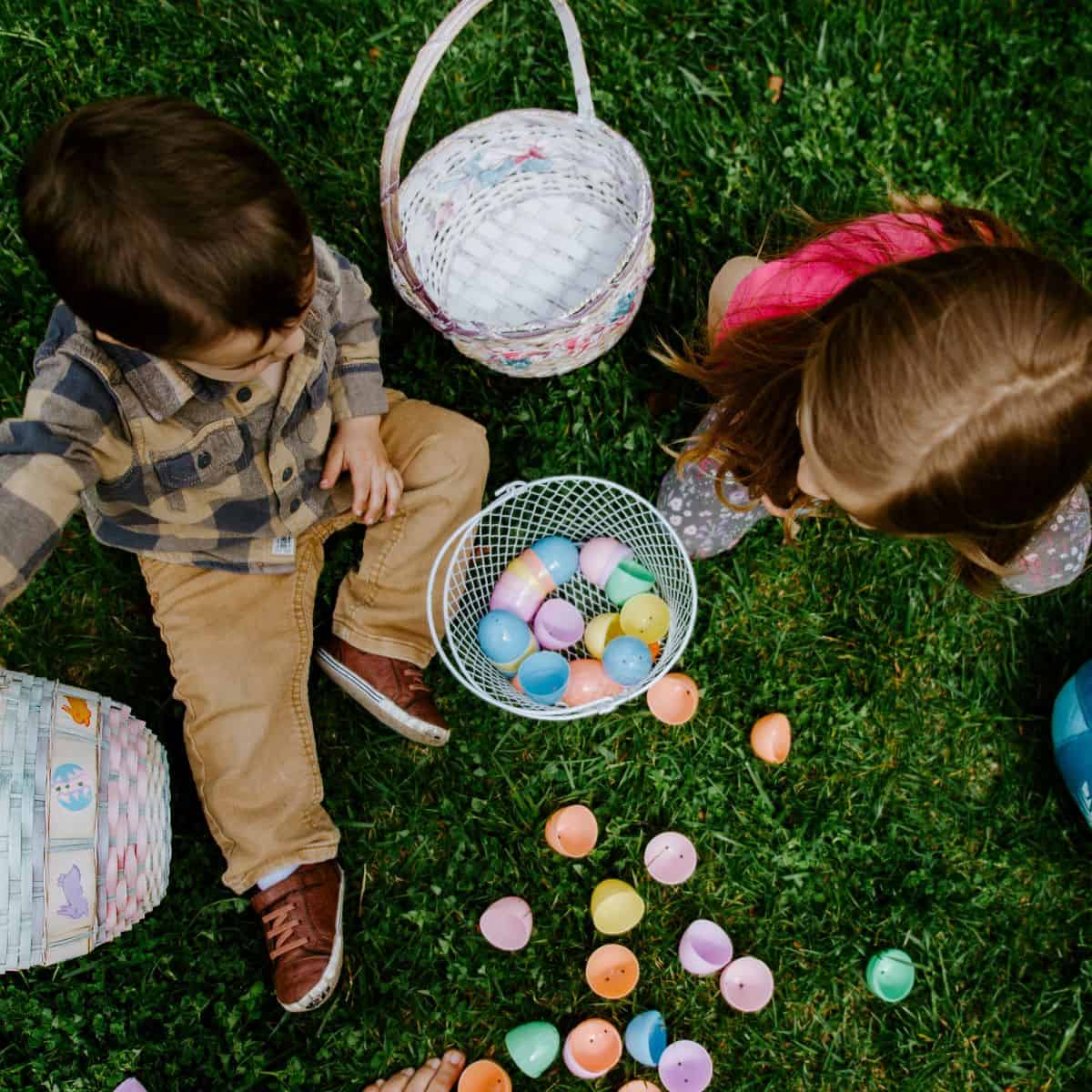
Image credit: https://www.organizedmom.net/
Try our treasure hunts if you’re looking for something truly inspirational and creative to do with the kids. When it’s clear what your theme is and whether you’re holding an outdoor or indoor treasure hunt, you can decide on the treasure hunt clue.
How to Make Your Own Find Things Treasure Hunt
If you don’t want to buy treasure hunt cards or cards with scavenger hunt items like the brilliant find it a game, you can make your scavenger hunt clues for kids or visual treasure hunt questions.
You can cut out magazine or newspaper pictures and stick them to a sheet, then your kids can run around hunting for the treasure hunt items on the list. This also works well for scavenger hunt clues around the house.
If your kids can read, then scavenger hunt clue ideas can include a simple list of the items or write down a subject. For older kids, you can make more elaborate riddles or rhyming riddles for them to solve.
Scavenger Hunt Supplies List
Here’s a list of universal treasure hunt ideas and can be used for an outdoor or indoor scavenger hunt game. You can also add rules like don’t bring anything back that’s alive like worms, a pet, a growing plant, or a flower.
Themed treasured gifts and prizesDecorationsTimerBags or baskets for the itemsPen or pencil to cross off the list itemsPre-printed list or paper and magazine pictures bought treasure hunt cards.
FAQs on Outdoor Scavenger Hunts for Kids
How can you do an online scavenger hunt?
You can use a virtual scavenger hunt to connect with friends and family who live far away. Virtual scavenger hunts are played the same way as in-person scavenger hunts, except that you’ll connect with fellow players over video conferencing.
What are some of the benefits of outdoor scavenger hunts for kids?
Scavenger hunts for kids have many benefits, ranging from inflicting team building to kids, improved outdoor time which helps in getting Vitamin D, which is crucial for the development of kids. Scavenger hunts are one of the best ways to bring kids into the present moment.
Final Thought on Outdoor Treasure Hunts for Kids
As you can see, these scavenger treasure hunts do not require special skills, materials, or investment. They’re also inexpensive and accessible games for people of all ages. So, if you’re thinking of a scavenger hunt, you can make it as simple and elaborate as you want with things you can find around the house and some items on the checklist you find.
The post Outdoor Treasure Hunt for Kids appeared first on Kitchen Infinity.
Did you miss our previous article…
https://www.thelavkitchen.com/?p=649
